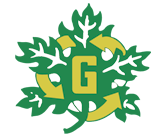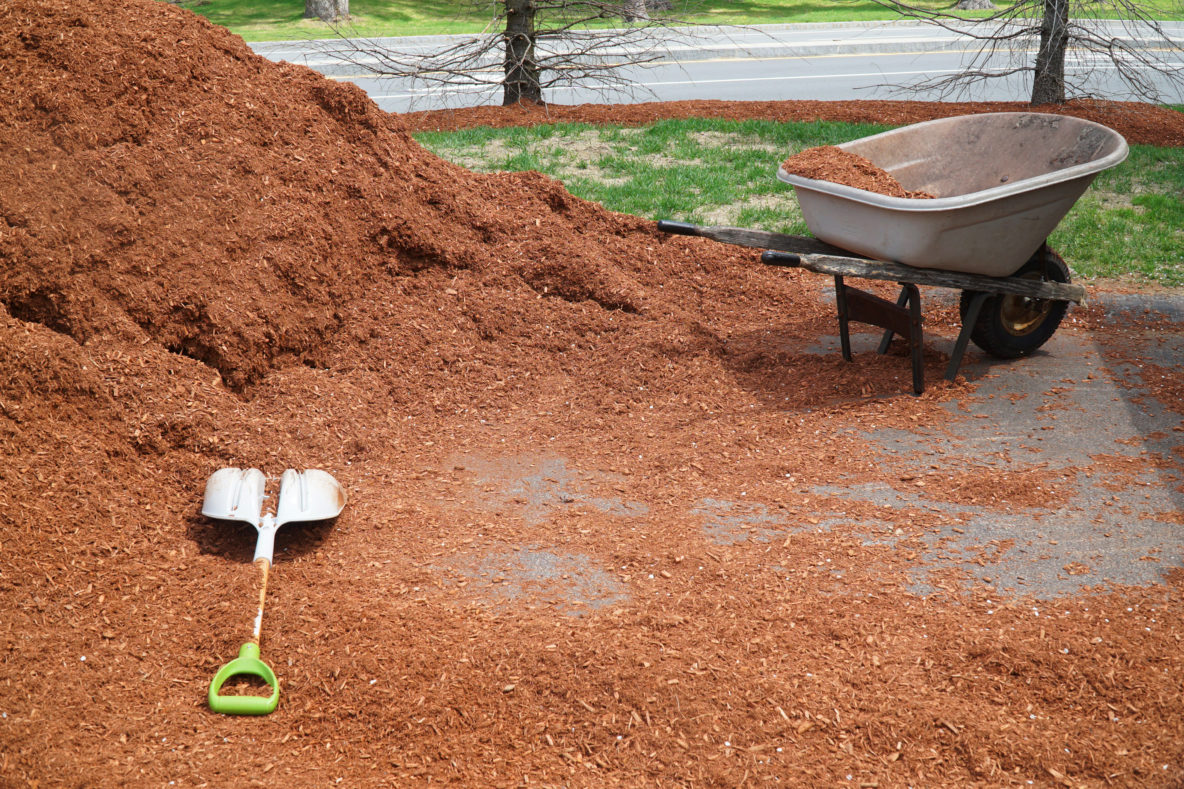How Many Yards Do I Need? (Mulch, Topsoil, Compost & Gravel)
A simple, accurate guide for homeowners in CT and nearby areas—plus a built‑in calculator.
When you’re ordering mulch, screened topsoil, compost, or gravel/stone, the most common question is:
“How many yards do I need?” Here’s a clear, copy‑and‑paste guide (with a quick calculator) that works for
flower beds, lawns, and hardscape areas.
First Things First: What’s a Cubic Yard?
A cubic yard measures volume (not weight). Picture a box that’s 3 ft × 3 ft × 3 ft.
Fill that box to the top—that’s 1 cubic yard (27 cu ft).
- 1 cubic yard = 27 cubic feet
- Volume ≠ Weight (weight varies by material and moisture)
The Quick Formula
Use this every time:
Cubic Yards Needed = (Area in sq ft × Depth in inches) ÷ 324
Why 324? Because 1 yard = 27 cu ft and 1 inch = 1/12 ft, so 27 ÷ (1/12) = 324.
Coverage Per Yard (At Common Depths)
Many suppliers use a rule of thumb that 1 yard covers ~100 sq ft at 3″ to build in a small buffer for
settling and irregular edges. The exact math is shown below.
| Depth | Exact Coverage (sq ft / yard) | Rule‑of‑Thumb |
|---|---|---|
| 1″ | 324 | 300 |
| 2″ | 162 | 150 |
| 3″ | 108 | 100 |
| 4″ | 81 | 75–80 |
| 6″ | 54 | 50 |
Tip: For neat beds, use the exact numbers. For natural edges or older beds that will settle, plan 5–15% extra.
Recommended Depths by Material
- Mulch (refresh): 2–3″
- Mulch (new beds or weed suppression): 3–4″
- Topsoil (lawn prep before seed/sod): 2–3″ over large areas (more for low spots)
- Compost (topdress or amend): 0.5–1″ topdress, or mix 1–3″ into soil
- Stone/Gravel cover: 2″ for most decorative layers; 3–4″ for drive areas (base design may vary)
How to Measure Your Area (Fast)
Measure in feet, then use the formula above. For curved beds, approximate—this is common and totally fine.
- Rectangle / Square: Length × Width
- Circle: 3.14 × (radius)2 (radius = half the diameter)
- Triangle: 0.5 × Base × Height
- Oval / Curvy Beds: Length × Average Width × 0.8 (good landscape approximation)
- Multiple Beds: Add all square footages before you calculate yards
Worked Example (Real‑World)
Scenario: Three planting beds at ~3″ of mulch.
- Front left bed: 4 ft × 20 ft = 80 sq ft
- Front right bed: 4 ft × 10 ft = 40 sq ft
- Back curved bed (oval): length 15 ft, width varies 2–8 ft → avg width ~5 ft
Area ≈ 15 × 5 × 0.8 = 60 sq ft
Total area = 80 + 40 + 60 = 180 sq ft
Yards needed = (180 × 3) ÷ 324 = 1.67 yards
Order: Round up to 2 yards to account for edges and settling. If your beds are deeper or wider, scale the math—same formula.
Instant Yardage Calculator
Enter your dimensions and target depth. Uses the exact formula.
Typical Weights per Cubic Yard (Approx.)
Moisture matters. Freshly rained‑on material can weigh significantly more.
| Material | Approx. Weight / Yard | Notes |
|---|---|---|
| Mulch | ~600–800 lbs | Lighter; varies with species and moisture |
| Screened Compost | ~900–1,200 lbs | Low density; settles after spreading |
| Topsoil/Compost Blend | ~1,400–1,900 lbs | Blend ratios change weight |
| Screened Topsoil | ~2,000–2,400 lbs | Heavier when wet |
| Stone / Gravel | ~2,500–3,000 lbs | Varies by size & type |
Bulk vs. Bags (Quick Equivalents)
- 1 cubic yard ≈ 27 bags at 1 cu ft each
- 1 cubic yard ≈ 18 bags at 1.5 cu ft each
- 1 cubic yard ≈ 13–14 bags at 2 cu ft each
Bulk is usually more economical and faster to install for anything over ~½ yard.
Pro Tips for Ordering & Spreading
- Account for settling: Organic materials (mulch/compost) can settle 10–30%.
- Edge first, then fill: Keep a clean edge and backfill to depth for a crisp finish.
- Depth gauges help: A simple ruler or marked garden trowel keeps you consistent.
- Plan the dump spot: Choose a level, accessible area and protect the driveway with a tarp if desired.
- Multiple areas? Do one bed at a time so you don’t under‑ or over‑use material.
Follow Us For Our Latest Posts, Tips, & Exclusive Facebook Giveaways!


